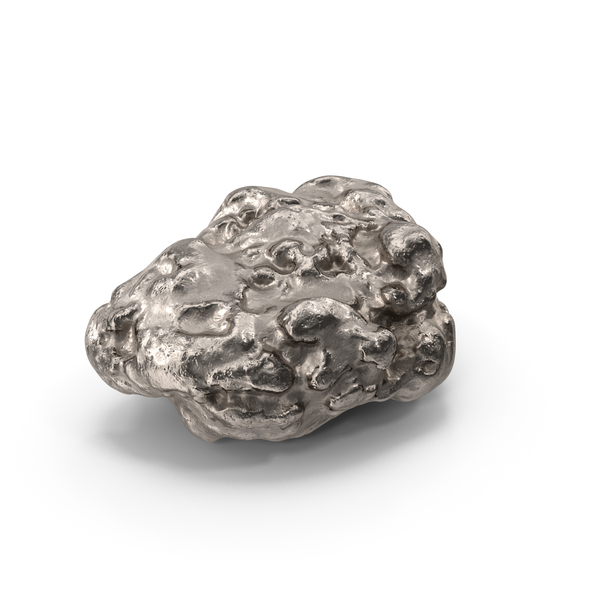In the realm of materials science, diamond has long been revered as the epitome of hardness. Its exceptional properties have made it indispensable in various industries, from cutting tools to electronics. However, recent advancements in research have unveiled a fascinating world of materials that surpass the hardness of diamond. In this article, we delve into the realm of ultra-hard materials, exploring their unique characteristics, applications, and the challenges they present.
- Boron Nitride Nanotubes: The Hidden Gems
Diamond may be renowned for its hardness, but boron nitride nanotubes (BNNTs) have emerged as a formidable contender. These cylindrical structures, composed of alternating boron and nitrogen atoms, possess exceptional mechanical properties. With a tensile strength surpassing that of diamond, BNNTs exhibit remarkable resistance to deformation and can withstand extreme temperatures. Their potential applications range from reinforcing materials to creating ultra-strong and lightweight composites for aerospace and defense industries. - Ultra-Hard Ceramics: Beyond Diamond's Domain
While diamond-like carbon coatings have been widely used to enhance the hardness of various surfaces, ultra-hard ceramics have taken hardness to a whole new level. Materials such as silicon carbide (SiC) and cubic boron nitride (cBN) exhibit hardness values approaching that of diamond. These ceramics find applications in cutting tools, grinding wheels, and wear-resistant coatings. Their exceptional thermal stability and resistance to chemical corrosion make them invaluable in high-temperature and harsh environments. - Carbon Nanotubes: The Graphene Connection
Carbon nanotubes (CNTs), the cylindrical cousins of graphene, possess extraordinary mechanical properties. Although not as hard as diamond, their exceptional strength-to-weight ratio and flexibility make them ideal candidates for reinforcing materials. CNTs can be incorporated into composites to enhance their mechanical properties, enabling the development of lighter and stronger materials for aerospace, automotive, and sports industries. Additionally, their electrical conductivity and thermal stability open doors to applications in electronics and energy storage. - Superhard Metals: Pushing the Boundaries
Traditionally, metals were not considered for their hardness. However, recent breakthroughs have led to the discovery of superhard metals that challenge the dominance of diamond. Tungsten carbide (WC) and rhenium diboride (ReB2) are examples of such materials, exhibiting hardness values comparable to diamond. These superhard metals find applications in cutting tools, drilling equipment, and wear-resistant components. Their ability to withstand extreme conditions and maintain their integrity makes them indispensable in demanding industrial processes.
Conclusion:
While diamond has long been hailed as the hardest material, the world of materials science continues to surprise us with new discoveries. Boron nitride nanotubes, ultra-hard ceramics, carbon nanotubes, and superhard metals have emerged as materials that surpass diamond's hardness. Their exceptional properties and diverse applications hold immense potential for revolutionizing various industries. As research progresses, we can anticipate even more remarkable materials that push the boundaries of hardness, paving the way for innovative solutions in the future.

